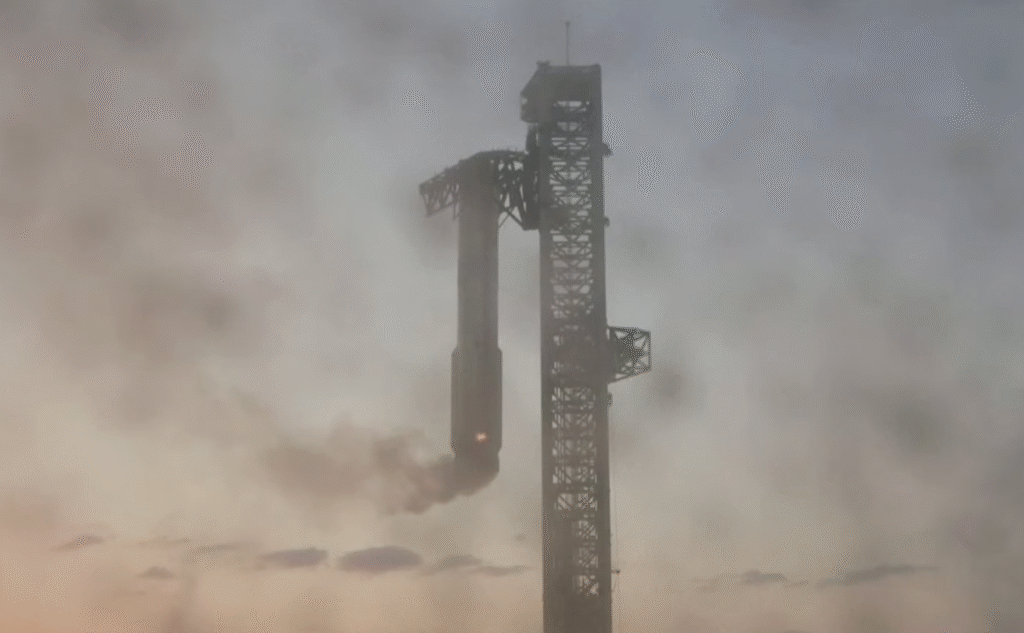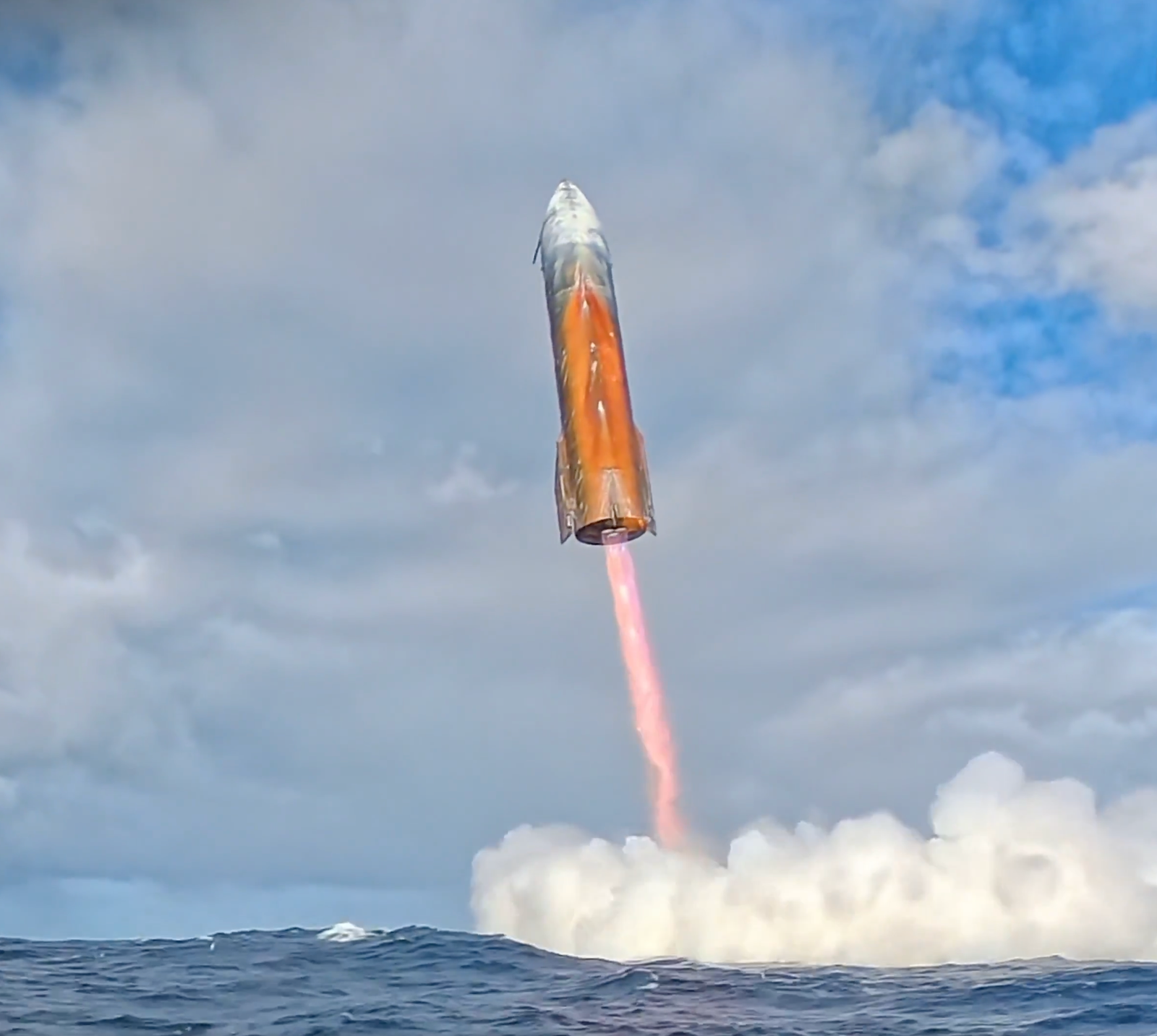By Gina Hill | Alaska Headline Living | October 14, 2025
SpaceX’s latest Starship test flight splashed down in the Indian Ocean on Monday, marking another milestone in the company’s ongoing effort to build a fully reusable, heavy-lift rocket system designed to carry crew and cargo to the Moon, Mars, and beyond.
According to SpaceX’s official Launches page, the eleventh integrated flight test of Starship and its Super Heavy booster launched from Starbase, Texas, and was classified as “expended.” The designation indicates that the vehicle was not recovered, underscoring that the primary objective was to collect data on reentry, maneuvering, and controlled splashdown, not reuse.
In a brief update, SpaceX confirmed that both stages completed controlled descents, the Super Heavy booster into the Gulf of Mexico and the Starship upper stage into the Indian Ocean, off Australia’s west coast. The company did not report any recovery of flight hardware, nor did it announce an attempt to retrieve the stage.
“Each flight provides invaluable data to improve the reliability and reusability of Starship,” SpaceX states on its Starship program page.
The test follows a series of increasingly complex Starship flights. Earlier missions demonstrated successful stage separation, engine relights, and controlled atmospheric reentries. This flight added a new challenge: performing a long-duration suborbital flight followed by a guided splashdown thousands of miles from the launch site, a necessary step before attempting future land-based recoveries.
SpaceX’s Starship system is intended to be fully and rapidly reusable, with both the booster and ship designed to return to launch sites for turnaround and relaunch. Monday’s test, however, remained a data-gathering mission, helping engineers refine heat shield durability, control flaps, and reentry software before operational reusability can be proven.
The company describes reusability as “the key breakthrough needed to reduce the cost of space access.” However, its official classification of the October 13 flight as expended confirms that true reuse (recovery, refurbishment, and relaunch) remains a future goal rather than a current capability.

Future Starship tests are expected to include hardware upgrades, redesigned heat‐protection systems, and expanded use of the launch tower’s “Mechazilla” arms, recalling that in October 2024, SpaceX successfully caught a descending Super Heavy booster from Flight 5 using those mechanical arms for the first time.
As of Tuesday, SpaceX had not issued a detailed post-flight report beyond the summary available on its public website.




